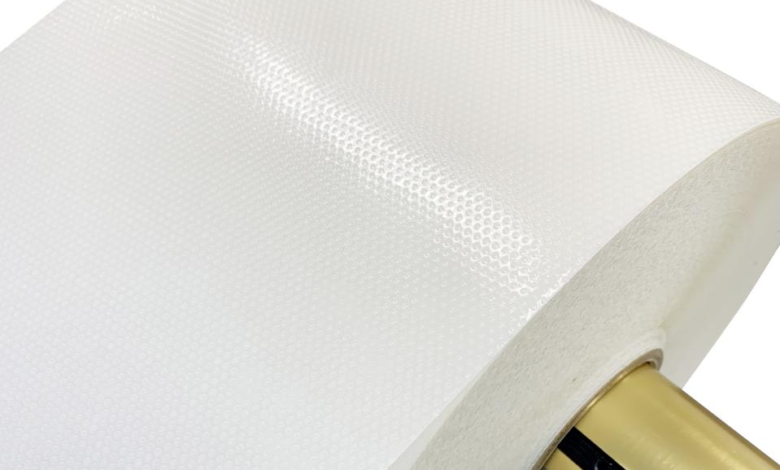Introduction to the Silicone Foam Dressing?

Silicone foam dressing is a type of medical dressing that is used to cover open wounds and ulcers. You can remove the dressing after a few days if your injuries heal well. However, if it is necessary to keep the wound covered for longer than this, then silicone foam dressings may be your best option. This blog article talks about the features of silicone foam dressings.
What is a Silicone Foam Dressing?
Silicone foam dressings are a popular type of wound care dressing made from silicone rubber and are filled with air or gas. When the dressing is placed on a wound, it forms a soft, cushion-like seal that helps to protect the wound from bacteria and fluid loss.
How Does it work?
Silicone foam dressing is a soft, lightweight treatment that can reduce swelling, redness, and pain. It is made from silicone, a type of polymer, so it is non-toxic and safe for use on the skin. The dressing is applied to the affected area and absorbs quickly into the skin, making it an ideal option for treating minor cuts, abrasions, and more serious injuries.
What are the Features of Silicone Foam Dressing?
When choosing the right dressing for your specific wound, there are a few things to consider. First, silicone foam dressings are some of the most popular choices because they offer several benefits that other types of dressings don’t. Here are some of the features that make silicone foam dressings so special:
-They are effective at reducing swelling and pain.
-They help prevent infection.
-They keep wounds dry and protected.
-They are affordable.
Conclusion
Silicone foam dressing is made from a special kind of malleable and flexible silicone. This makes it a great choice for those looking for a dressing that can conform to different body shapes and sizes. Additionally, this dressing offers excellent compression properties, which helps reduce swelling and bruise formation. If you are interested, don’t hesitate to get in touch with Winner Medical for more information!



